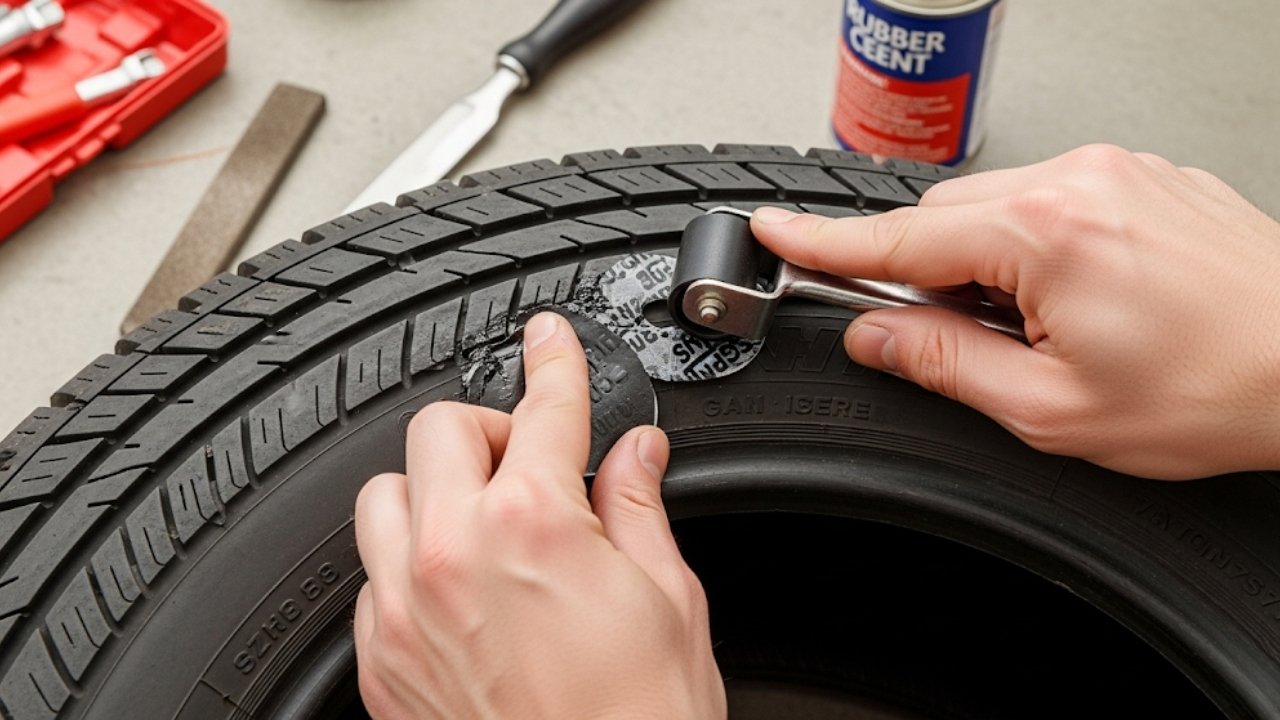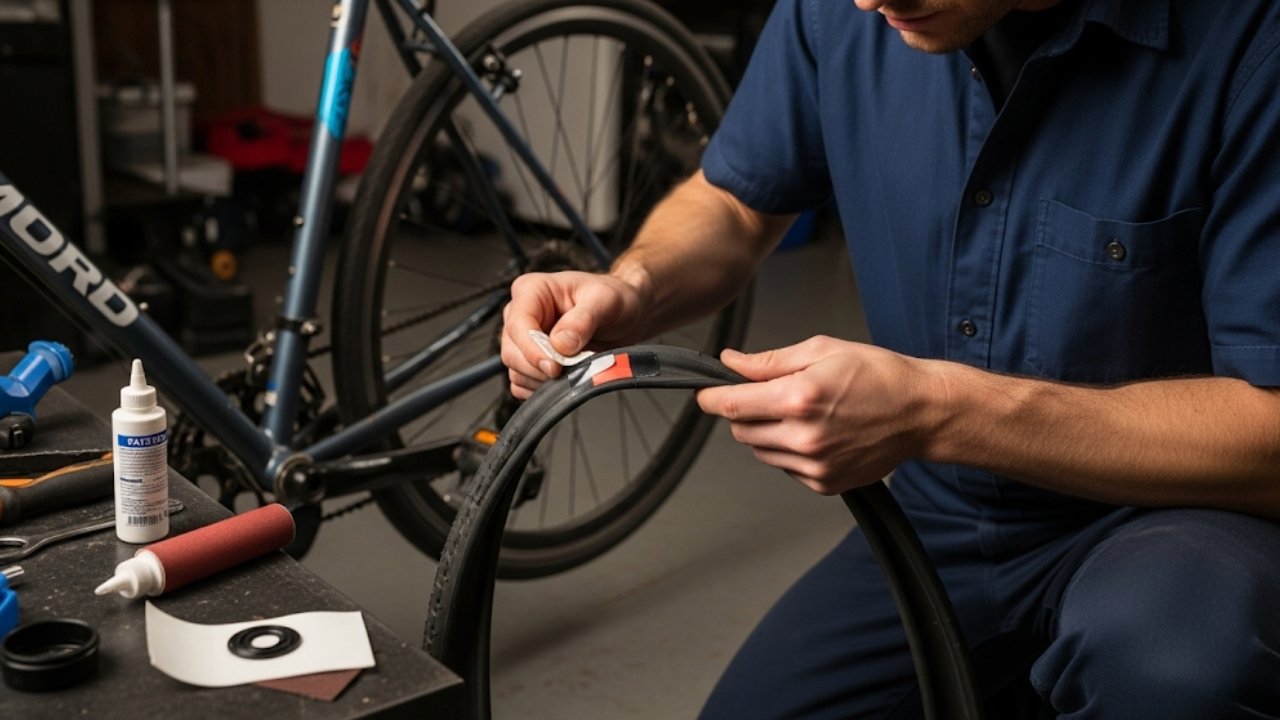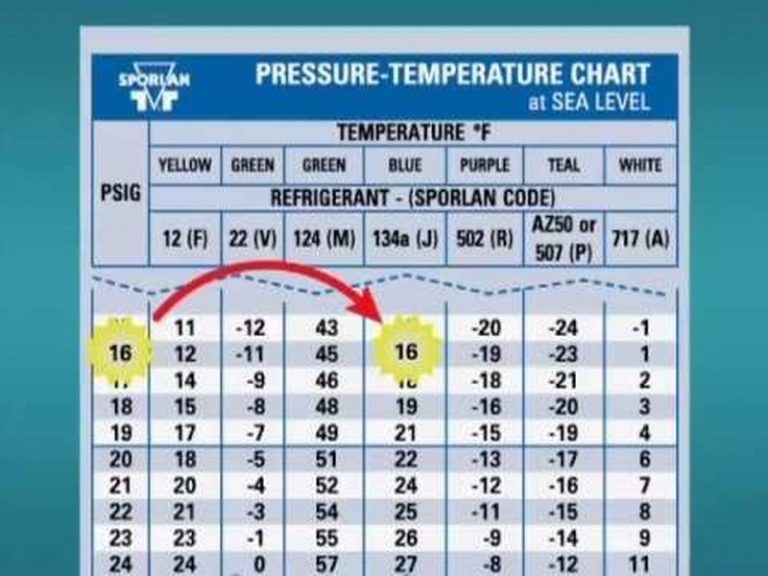How Long Does a Tire Patch Last? What the Pros Know

I still remember the night it happened. I was driving home from a cousin’s wedding in a steady drizzle. The road was slick. Music was low. Tea stall lights flickered along the highway like distant stars. Then I heard it. A thin hiss. A soft wobble. The car pulled right. By the time I stopped near a roadside tire shop, I was already asking in my head, _“how long does a tire patch last?” I did not even know if a patch was safe. The local mechanic, wearing flip-flops and oil-stained shorts, smiled and said, “Brother, if the hole is small and in the right place, you’re fine.” That night became my first deep dive into tire repair, patch safety, and the truth behind what keeps rubber rolling. This guide comes from that memory, plus research, expert advice, and hundreds of driver stories from cities, villages, and long-haul roads.
What Does It Mean To Patch A Tire? (Plain Words, No Jargon)

Where The Puncture Happened Matters More Than You Think
Let’s slow down and talk repair zones. Tires have three broad areas: the crown (center tread), the shoulder (curved edge), and the sidewall (vertical wall). Most safe repairs live in the crown. Why? The rubber is thick. Steel belts are stable. Heat and flex are manageable. If your nail or screw sits in the tread grooves within the safe zone width (usually the center 60-70% of the tread width), a pro patch can perform well for many miles. Once damage hits the shoulder, things change. Flex is high. Seal strength drops. Sidewall punctures? Almost always not safe to patch. The sidewall flexes under each rotation. That flex can tear open even a strong repair. So when someone asks how long does a tire patch last, I first ask: “Where’s the hole?” Location is lifespan. Location is safety. Location decides if you patch, plug, or replace.
Patch vs Plug vs Patch-Plug: What’s The Difference And Why It Matters For Life Expectancy
Not all fixes are equal. A quick roadside string plug pushed in from the outside may stop the leak long enough to get you home. But it does not seal the inner liner. Air and moisture may creep into the belts. Corrosion grows. Tread can separate. A patch-only repair done from the inside seals the liner but leaves the puncture path open to moisture unless the injury is tiny and clean. The best long-term fix is the patch-plug combo (also called a “mushroom patch”). It fills the injury path and seals the liner. That’s why pros trust it. When comparing how long does a tire patch last across methods, plug-only repairs often fail sooner, especially in hot weather or high-speed driving. Patch-only can last longer but still risks path contamination. Patch-plug, when done in a repairable zone with proper curing, can last the remaining tread life in many cases. Yes, the remaining tread life. That’s huge.
Lifespan Ranges: Realistic Numbers (Not Shop Talk)
Let’s get into numbers because you deserve straight talk. Under ideal conditions, a professional patch-plug repair done in the crown on a fairly new tire can last as long as the tire’s usable tread. That may be 20,000 to 40,000+ km (or more) depending on brand, wear, and driving style. But that is the top tier. Many daily drivers see 10,000 to 25,000 km after a good repair. Road heat, load weight, and speed reduce life. Poorly installed patches? Fail in weeks. Plug-only roadside fixes? Sometimes fail the same day if driven on low pressure. So when someone repeats the classic line, “how long does a tire patch last”_, I answer with a scale:
-
Quick plug: Temporary. Use to reach a shop.
-
Inside patch only: Medium-term if clean and centered.
-
Patch-plug combo: Often lasts the remaining life of the tire when conditions are right.
Context matters. Always.
Factors That Change How Long A Tire Patch Lasts (Think Weather, Load, Heat, Speed)
No two drivers treat tires the same. That’s why how long does a tire patch last is never a one-number answer. Heat is the big killer. Hot roads soften rubber. High speed builds internal heat. Weak bonding lifts. Underinflation makes flex and heat even worse. Overloading the car pushes the sidewalls and belts. Pothole strikes stress the repair site. Moisture inside the injury path grows rust in steel-belted tires. Time also matters. Rubber ages. Oils migrate. UV cracks. Even a good patch cannot save a tire that’s dry-rotted. So think holistically. Here’s a quick checklist you can use after any puncture repair:
-
Keep tire at proper pressure (check weekly).
-
Avoid long high-speed runs the first day after repair.
-
Rebalance and inspect if vibration starts.
-
Watch heat: long highway trips in summer need higher attention.
-
Rotate tires so patched one isn’t always on a drive axle under load.
Small habits stretch patch life.
Visual Guide: Quick Table Of Repair Types, Safety, And Expected Life
Use this table when helping friends decide what to do after a puncture. Print it. Share it. Save it in your phone. It’s a fast way to answer, how long does a tire patch last in different real-world cases.
| Repair Type | Where Installed | Safety Level | Typical Use | Expected Life Range | Notes |
|---|---|---|---|---|---|
| String Plug (External) | Roadside, outside only | Low | Emergency seal to reach shop | Hours to weeks | Can leak, not for highway speed long term |
| Inside Patch Only | Tire removed, inner liner | Medium | Small, clean puncture in crown | Months to several thousand km | Path not sealed; moisture risk |
| Patch-Plug Combo | Tire removed, inside + stem fill | High | Standard pro repair | Remainder of tread life in safe cases | Best practice for modern tires |
| Liquid Sealant | Inside tire, foam/gel fill | Low-Med | Temporary, small punctures | Short-term; may ruin TPMS | Use only if stranded |
| Multi-Repair Tire | More than one proper patch | Conditional | Depends on spacing and damage | Varies widely | Never repair overlapping injuries |
When A Patch Is Safe Enough To Trust (And When To Replace The Tire Instead)
Here’s where money meets safety. Tires are not cheap. I get it. But driving at 100 km/h on a weak repair is like running over thin ice. So how do you decide? Use the 3R filter: Region, Repair method, Remaining tread. First, region: Is the injury in the safe crown zone? If yes, move on. If no, replace. Second, repair method: Did the shop remove the tire, inspect inside, and install a patch-plug? If no, take it to a pro and redo. Third, remaining tread: If the tire is already near its wear bars, why invest in repair? Replace instead. When readers ask me, how long does a tire patch last, I sometimes answer with: “Long enough—if it was worth fixing to begin with.” Cheap patching on a dying tire wastes money. Good patching on a solid tire saves it.
Early Warning Signs A Patched Tire Is Failing
Even good repairs can fail under harsh use. The trick is catching warning signs early. A slow loss of pressure is the most common clue. If your patched tire drops more than 2-3 psi in a week, recheck it. A bubble or bulge in the tread or sidewall means structural damage. Replace at once. Thumping or vibration at speed may mean internal separation near the repair. A dark stain around the inside patch (seen on removal) shows moisture intrusion. Cracking around the stem of a patch-plug can also signal heat damage. If you keep asking yourself, how long does a tire patch last, ask instead: “Is it still holding now?” Safety is not a calendar. It’s condition. Get tires rechecked after long trips, pothole slams, or if you drove flat even for a short stretch. Driving flat destroys sidewalls fast. No patch can save that.
Common Myths About Tire Patches (And The Truth Behind Them)
Let’s clear the myths I hear at shops, parking lots, and tea stalls. Myth: “Any nail hole can be patched.” False. Sidewalls are off-limits. Myth: “A plug is just as good as a patch.” Not true for long-term safety. Myth: “You can patch the same spot twice.” If damage overlaps or the structure weakens, replace. Myth: “You can’t drive fast after a patch.” A proper patch-plug repair in the crown can handle highway speeds if the tire and load are within spec. Myth: “Patches only last a few weeks.” Many last the whole tread life. So when someone repeats, how long does a tire patch last, I say: “Longer than you think—if it was done right in the right spot.” Knowledge saves tires. Myths waste them.
Real-Life Experiences: From Highways to Hills
I once met a truck driver named Habib on the Dhaka-Chittagong highway. He had a patched front tire that had rolled over 30,000 kilometers without issue. “I check my pressure every Friday before Jummah,” he said with a proud smile. That habit probably saved his tires from heat damage. In contrast, another friend from Rangpur had a plug-only repair on a used tire. It failed within three days during monsoon rains. The difference? One did it right, the other took a shortcut.
Drivers from colder areas like Sylhet or Bogura have shared that patches tend to last longer in cooler weather because heat isn’t constantly expanding and contracting the rubber. Meanwhile, in coastal cities like Chittagong where it’s humid and hot, patches degrade faster if tires aren’t properly maintained.
Bottom line: The same patch can behave differently depending on where and how you drive. Climate, road quality, tire age, and care habits all play roles in answering how long does a tire patch last.
The Pro Process: What a Proper Patch Repair Looks Like
Let me walk you through the gold-standard patching method, the kind professionals swear by. If you ever visit a tire shop, watch for these steps:
-
Tire Removal – They take the tire off the rim. No shortcuts.
-
Inspection – They check the inside for splits, bubbles, or belt separation.
-
Cleaning & Buffing – The inside is cleaned and lightly abraded to help bonding.
-
Cement Application – A special rubber-based adhesive is applied.
-
Patch-Plug Combo Inserted – The plug seals the injury path, the patch seals the liner.
-
Pressure Rolling – A roller tool removes bubbles and locks the patch flat.
-
Curing Time – They give it time to cure (set properly) before reinflating.
This isn’t a 5-minute job. It takes skill, tools, and patience. When drivers ask how long does a tire patch last, I say, “Only as long as these steps are followed.” Anything less is a gamble.
How To Check If Your Patched Tire Is Still Safe
You don’t need to be a mechanic to keep an eye on things. Here’s what you can do:
-
Check Air Weekly – Sudden pressure drops? Might be a leak.
-
Feel For Vibrations – Any odd shaking or sound, especially at speed, needs checking.
-
Look For Cracks Or Bulges – Sidewall bubbles mean structural damage.
-
Watch The Patch Area – If you see a dark stain inside (during a tire change), that’s moisture. Not good.
Always trust your senses. If something “feels off” on the road, it probably is. You don’t have to wait for a blowout. Prevent it.
Should You Ever Patch The Same Tire Twice?
Here’s where things get tricky. If you had a clean, small puncture in the center tread and it was patched properly, another unrelated puncture can often be repaired — if the second hole is at least 16 inches (40 cm) away from the first.
But if two patches sit close together, the area becomes weak. Think of it like sewing too many patches on a shirt—it’ll rip faster at the seams.
Also, never patch overlapping damage. It’s dangerous. If the structure of the tire is compromised, replacing it is safer.
So, if someone asks, “Can I patch this again?”, ask back:
-
Are the injuries far apart?
-
Is the tread still thick?
-
Was the last repair a proper patch-plug?
If the answer is yes to all, maybe. If not, let the tire retire.
How To Extend The Life Of A Patched Tire
So you’ve had a flat. It’s patched. Now what? Here’s how to stretch its life and keep it safe:
-
Keep The Right Air Pressure – Check once a week. Use a digital gauge.
-
Rotate Your Tires – Every 8,000–10,000 km. Keeps wear even.
-
Avoid Speeding Right After Repair – Give it a few hours of cool driving.
-
Stay Off Rough Roads – Especially for the first few days post-patch.
-
Balance The Wheel – Always rebalance after patching. Reduces stress on the tire.
-
Don’t Overload – Carrying too much weight increases tire strain.
These habits add thousands of safe kilometers to your patched tire’s life. Just like you don’t ignore a stitched wound, don’t forget your patched rubber.
FAQs About Tire Patching
1. How long does a tire patch last on average?
A professionally done patch-plug repair can last 20,000 to 40,000 km, or until the tire’s tread wears out. Quick plug repairs may only last a few weeks to a few months.
2. Is it safe to drive on a patched tire at highway speeds?
Yes, if the patch was done properly (inside patch-plug combo) in the crown area and the tire is in good condition. Unsafe repairs? Never trust them at speed.
3. Can I patch a tire with a sidewall puncture?
No. The sidewall flexes too much and has low structural support. Any repair in the sidewall area is unsafe. Replace the tire.
4. Can you patch a tire more than once?
Yes, if the punctures are far apart and in repairable zones. But two patches too close together or on the same area? Not recommended.
5. How much does a tire patch cost?
Prices vary. In most places, a proper patch-plug repair ranges from $15 to $35. Cheaper plug-only repairs may cost under $10 but are short-term.
6. Can I DIY a tire patch at home?
It’s possible with the right tools, but unless you have experience, let a pro do it. Improper patching can lead to dangerous blowouts.
7. How can I tell if my tire is too old to patch?
Check the DOT code on the tire sidewall. If it’s over 6 years old, the rubber might be too dry or cracked to repair safely.
8. Will a patched tire pass inspection?
Usually yes, if the patch was done right and the tire meets tread depth requirements. But always check your local laws and standards.
Final Thoughts: What Really Determines Patch Life?
So, how long does a tire patch last? It’s not just about numbers. It’s about quality, care, and conditions. A cheap plug on a worn-out tire might last days. A professional patch on a well-maintained tire? It might ride thousands of worry-free kilometers.
Your driving habits, road types, local climate, and how you care for your tires matter more than the patch itself.
Think of a tire patch like a stitched-up pair of jeans. If the denim is good, and the tailor is skilled, it’ll last and last. If not, the rip comes back bigger than before.
So patch wisely. Drive carefully. And never forget: a good repair is not just about saving money. It’s about protecting lives on the road.






